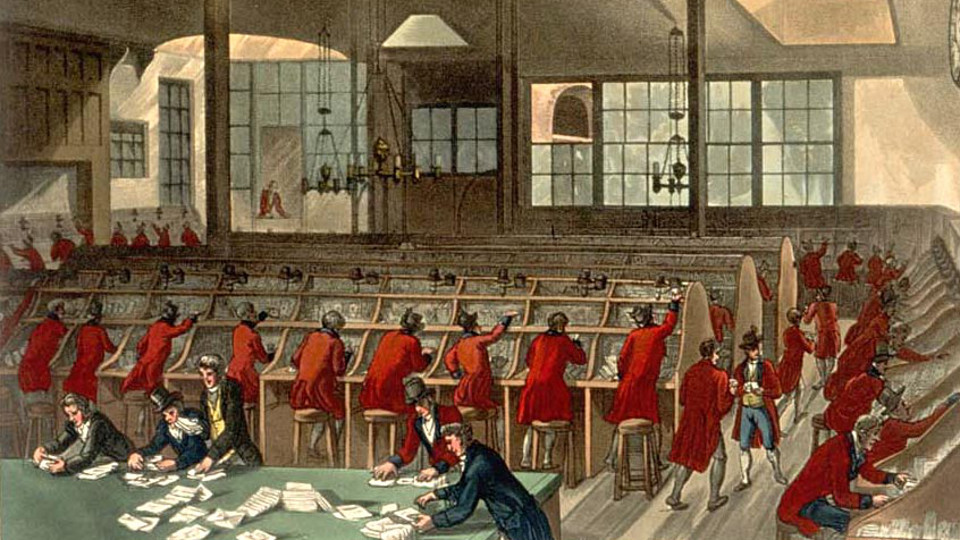How we communicate with clients, contractors and vendors is important — nobody can deny that. Yet how we communicate with our fellow employees and co-workers within the same office space is just as important. Following are various types of intra-office communication in today’s modern office, with a look at how each applies to (or is preferred for) specific types of conversations or purposes.
Electronic
Let’s face it — in most of today’s cutting-edge office spaces, the majority of communication inside the office walls is done electronically, for better or worse. Let’s break this category down further to look separately at chatting / instant messaging, emailing and using a project management tool.
Chat
Chatting via an instant message app such as Lync or Skype is the engine by which things get done fast. That doesn’t mean you should rely on this all the time. With this form of instantly gratifying communication, there’s always a chance that something will be said off the cuff (it’s not like you can save your chat as a draft and think about it before you hit send). This can lead to tension between employees. Furthermore, without the associated tone of something that is communicated aloud, things can be misunderstood and cause confusion. It’s therefore important that intra-office IM and chat be reserved for issues that are non-critical, non-controversial and can be solved quickly.
The volume of emails is insane even in start-up environments. And as you move up the management ladder, it gets even more insane. In fact, in 2013, email traffic coming from business email accounted for over 100 billion messages per day. Email is best used for technical or elaborate discussions where a record of communication needs to be kept. Don’t use email to complain, get angry or start a fight, even between peers. Do use email to communicate confidential information that shouldn’t or can’t be said out loud. Email is also wonderful for exchanging data that’s far too unwieldy for other methods of communication.
Project Management Tool
As mentioned above, email volume can be a nightmare, even with a carefully curated folder and filter system in place. And email is terrible for project management. Version control is an issue, as is keeping the correct people cc’d on an email. And when it comes to keeping track of timelines, associated files and client needs on projects, relying on email alone can be a nightmare. Enter a project management tool. At StrataBlue, we’re a big fan of Basecamp. This tool will allow you to collaborate with co-workers and clients in one place, which includes sharing project tools such as to-do lists and calendars.
Voice
The phone is often used strictly for communication with the outside world. However, depending on the size of your office (especially if you occupy multiple floors, in which case you might even say it is “inter-office” communication), a phone call may be the best way to get things done. If you have something to communicate that depends on tone of voice, if the person you’re calling is a phone person and hates electronic communication (those beasts are rare, but they exist), or if you’d like to set up a conference call that includes people in and outside the office, the old-fashioned phone call is often the only way. Note that some offices run these over the Internet and integrate headsets. Even the best phone doesn’t feel comfortable after holding it to your ear for two hours.
Face-to-Face
And the final form of communication is one that’s the most underrated. Sometimes you just have to walk over and speak in person. Too much has been made of video chat, telepresence, Oculus virtual environments and so on. Trying to handle crucial intra- or inter-office issues via texting can also downplay their importance or lead to confusion. Depending on your office’s policies, you might have to set up a meeting first, but looking someone in the eye and talking things over is often the best way to get issues addressed and tackled fast.
Never knock the face-to-face chat. There’s a reason why it’s so valued when a CEO of a major corporation takes the time to talk to employees in person. It’s considered special and personal, and face-to-face communication is great for conveying ideas that just wouldn’t hold as much meaning any other way.
Efficient and productive communication between and amidst co-workers is crucial to the success of any business. We take communication seriously at StrataBlue, not only amongst ourselves, but also with our clients. Get in touch.




